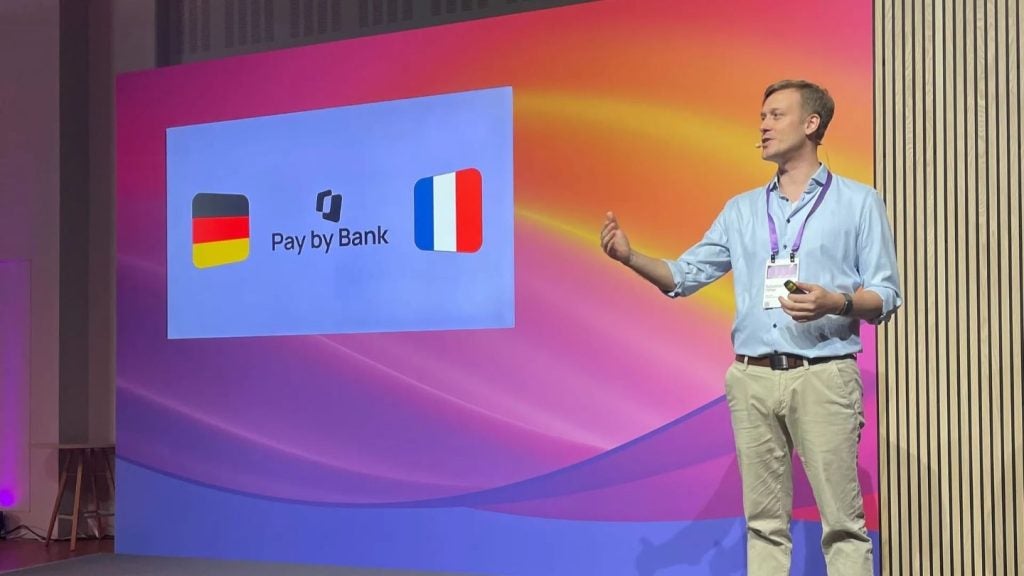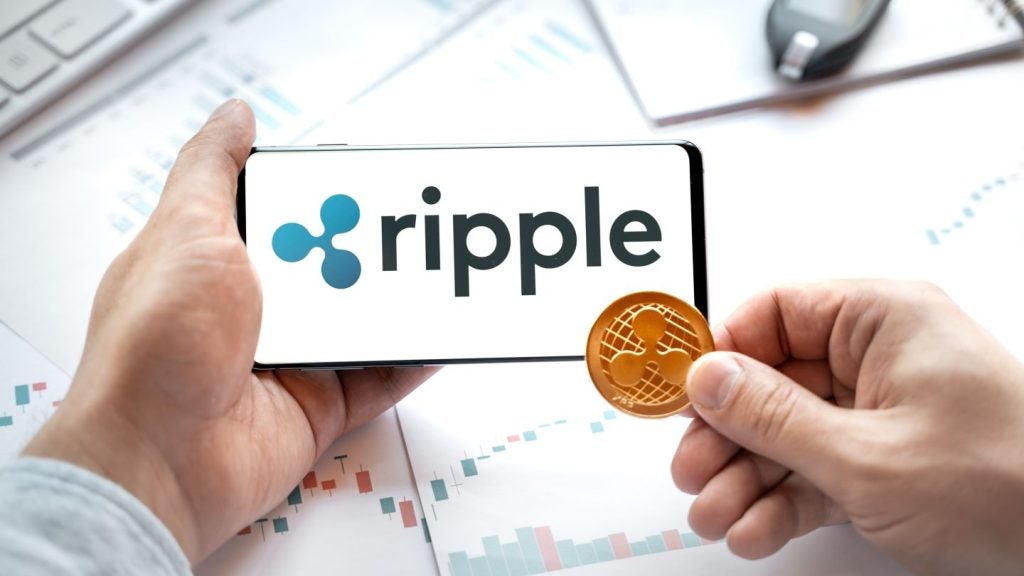Fintech has become synonymous with innovation and transformation. The digital revolution is actively reshaping how financial services are conceived, delivered, and experienced globally. And one of the more intricate layers that define the modern fintech ecosystem is the juxtaposition of SaaS (Software-as-a-Service) and traditional fintech models.
The difference between the two can be subtle and barely perceived by the end users – in fact, this is usually the case. It doesn’t matter to an average individual what model a fintech business operates on, the main thing is that it works. But for the business itself, this difference marks a crucial change in how it approaches the creation of products and services, pricing models, regulatory compliance and, in general, all aspects of its operations.
Recognising the distinction between SaaS and classic fintech holds the key to understanding how financial institutions can navigate various challenges and opportunities that this industry faces. This is my take on the nuances of these two models, their unique features, and how they can affect the strategic considerations of businesses.
Distinguishing the two business models
Examples of SaaS and traditional fintech models coexisting can be found in nearly any area of modern-day financial services. SaaS, as implied by its very name, embodies ‘software’, a standalone programme that serves as the backbone of contemporary fintech operations.
While today’s fintech obviously relies heavily on complex software solutions, it should be noted that a programme can function independently of specific fintech platforms or be seamlessly integrated with multiple diverse platforms. This fundamental differentiation forms the crux of the intricacies involved in establishing businesses using either a conventional fintech model or adopting a SaaS-centric approach.
The interplay between these models not only shapes the technological landscape of financial services but also underscores the strategic considerations that businesses must navigate to harness their full potential.

US Tariffs are shifting - will you react or anticipate?
Don’t let policy changes catch you off guard. Stay proactive with real-time data and expert analysis.
By GlobalDataA basic way to determine whether a particular business is a financial services company or a developer of software for financial services is to look at what happens to customer funds during the event of business bankruptcy.
In a scenario where the bankruptcy of a company has no bearing on the accessibility and security of customer funds, it can typically position itself as a software provider operating under the SaaS model. On the opposite end, if a business bankruptcy has the potential to restrict settlement transactions and impede customers’ use of their funds, that company definitely falls into the category of a financial institution.
Regulatory and licensing issues
One of the key differences when it comes to running a SaaS business vs a traditional fintech company is regulatory requirements.
Financial companies, in general, have to subject themselves to a number of rules and practices widely adopted across the world. One example of this is the principle of segregating the company’s money from customer funds. This is meant to enhance transparency in distinguishing between internal business operations and the activities directly involving client services and funds.
Notably, for Software-as-a-Service companies, the regulatory requirements differ significantly from traditional fintech businesses. SaaS entities, by and large, do not engage with money directly, thus eliminating the need for licenses associated with the segregation of funds. However, it is crucial to highlight that certain aspects of SaaS development still warrant licensing, particularly those involving the processing and storage of sensitive financial information or personal data of clients.
This distinction underscores the nuanced approach to regulation that businesses have to take, depending on which model they follow and the nature of their services.
One of the main reasons why SaaS is a popular option for businesses looking to establish themselves in fintech is the absence of entry barriers. Such companies do not require significant investment into procuring necessary licenses, which can be an expensive and time-consuming process. This makes it easier for startups to enter the market and start generating revenue more quickly.
Additionally, the SaaS model is more resilient against market changes compared to conventional fintechs. The latter tend to be susceptible to many local factors, such as licensing requirements, consumer practices, changes in the Central Bank rates, and so on. This advantage allows SaaS companies to continue operating during tough times in the market, making this model a more profitable and sustainable option for many businesses.
Validity of using SaaS platforms to facilitate cross-border B2B payments
Expediting B2B transactions is one of the most pressing challenges that today’s financial landscape finds itself facing. The demand for swifter and more efficient business-to-business dealings has become increasingly acute, driven by the pace of global commerce and the evolving expectations of enterprises. Solving this issue demands innovative solutions and agile frameworks, with SaaS emerging as a promising avenue.
Let’s take a look at the SWIFT model for cross-border payments to get some perspective on the evolving landscape of financial technology. Unlike traditional banks or payment systems, SWIFT is essentially a programme adopted by banks worldwide to facilitate the transmission of information regarding fund transfers between designated accounts. While SWIFT connects licensed entities worldwide, it does not inherently transfer monetary value.
This prompts the question: can a modern-day SaaS business model akin to SWIFT be created and scaled efficiently? Fintech startups seeking to bridge the gap between software development and solving the challenges of fund transfers for end clients face the task of navigating this space of opportunity.
Leveraging software to boost financial paradigms
Given the dynamic nature of fintech, adaptability stands as the linchpin of success for businesses in this sector. Financial services are shaped by rapidly changing market demands and technological advancements, underscoring the need for flexible solutions and business models.
SaaS offers financial institutions a powerful tool to boost that flexibility, empowering them to swiftly respond to market changes and the needs of their clients. By leveraging innovative SaaS solutions, fintech entrepreneurs can make a long-lasting impact on the efficiency and accessibility of global payments, fostering a more resilient ecosystem.
Alex Axelrod is founder and CEO of international payment platform Uluky








